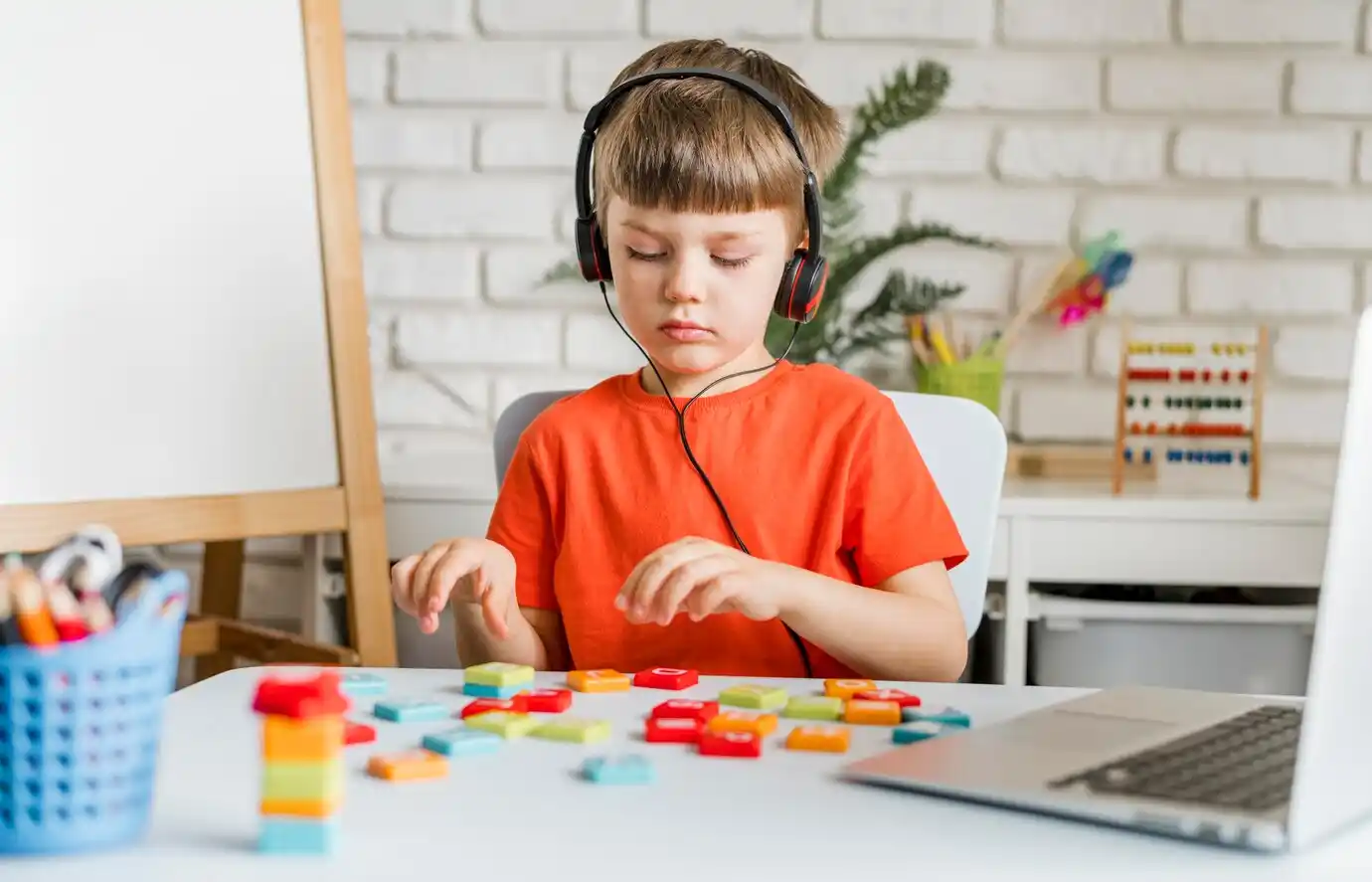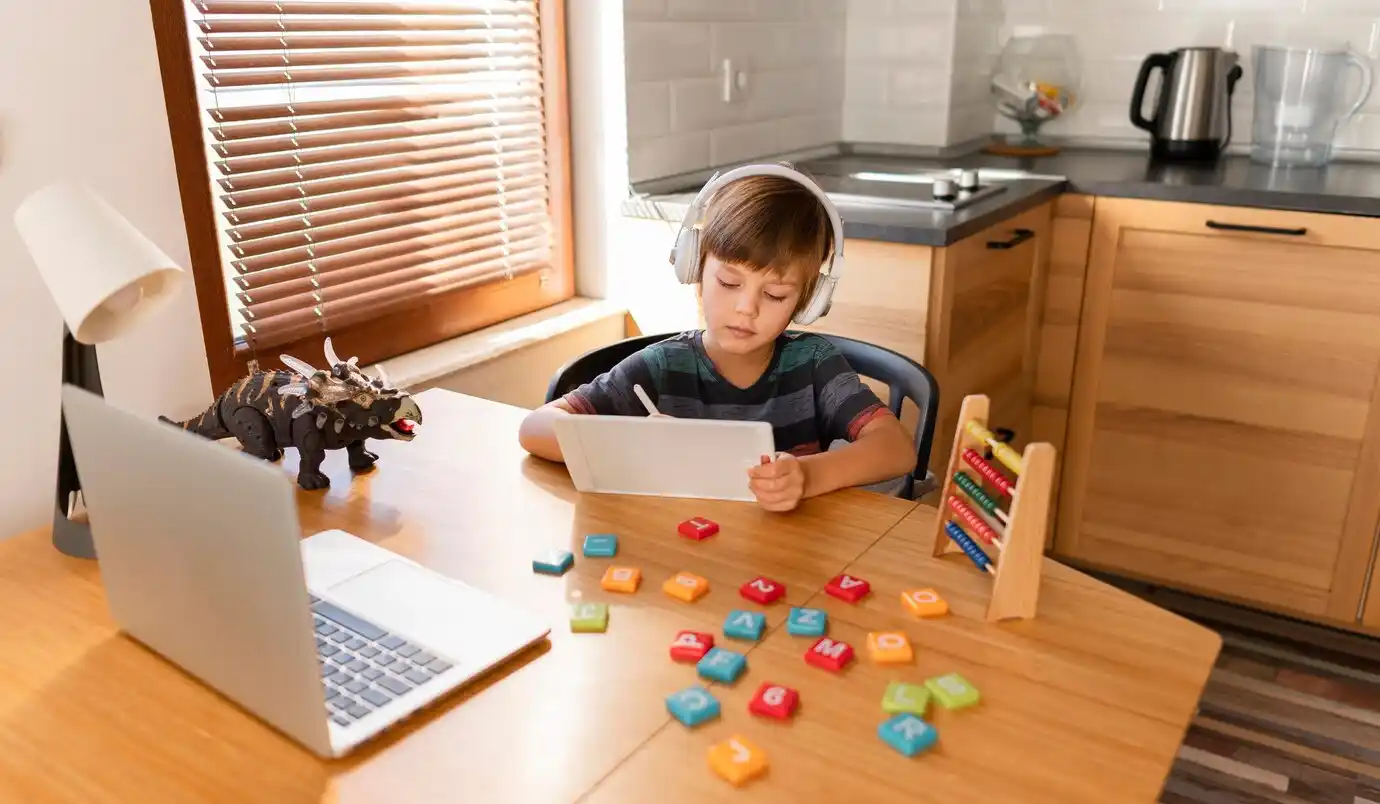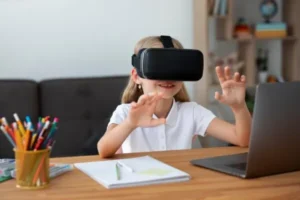The Education Blog

The Role of Gamification in Modern Learning
In today’s world, education has undergone a remarkable transformation. At the heart of this revolution lies gamification, a mighty force reshaping learning. Teachers create a thrilling adventure out of knowledge by weaving game elements into education, leading to student engagement. This approach not only spices up lessons but also boosts retention. So, what exactly is gamification, and how does it revamp education? Let’s dive in and discover!
What Is Gamification in Education?

Gamification in education uses game elements, such as points, badges, leaderboards, challenges, and rewards. This approach aims to motivate students and improve their learning experience. It taps into our need to compete, achieve, and work together, making learning more fun and engaging.
This approach doesn’t turn learning into a video game. Instead, it adds fun elements that motivate students to get involved. Teachers use gamification to improve learning, both in class and online, keeping students engaged and motivated.
The Importance of Gamification in Learning
1. Enhancing Student Engagement
One of the most significant challenges educators face is keeping students engaged. Traditional teaching methods often fail to capture students’ attention for extended periods.
Gamification adds fun, encouraging students to join in and engage with the material.
Research shows that students who enjoy learning remember more and feel optimistic about education. Making lessons exciting turns learning into an adventure instead of a task.
2. Boosting Motivation and Persistence
Gamification provides instant feedback, which encourages students to improve continuously. Earning rewards or climbing a leaderboard gives a sense of achievement. This motivates learners to keep going, even with challenging concepts.
A student who finds math difficult may feel motivated by earning points for solving problems correctly. The student doesn’t feel discouraged by failure. Instead, they see each try as a step closer to mastering the topic. This positive reinforcement boosts perseverance and encourages people to face challenges directly.
3. Improving Knowledge Retention
Students remember information better when they actively engage in learning. Quizzes and simulations make learning fun. They help students understand concepts better and use their knowledge in real-life situations.
Language-learning apps like Duolingo use spaced repetition. They also have fun challenges that help boost vocabulary retention. Features like streaks and rewards keep learners motivated and help improve skills over time.
4. Encouraging Healthy Competition
Leaderboards and challenges create a sense of friendly competition among students. This drives them to push their limits, collaborate with peers, and strive for excellence. It’s crucial to balance competition with inclusivity. This way, all students feel motivated instead of discouraged.
Collaborative competition lets students team up to reach shared goals. This approach uses gamification’s advantages while avoiding harmful rivalry. It promotes teamwork and peer support, which are key skills for success in school and work.
5. Catering to Different Learning Styles
Not all students learn in the same way. Gamification supports different learning styles. It includes visual, auditory, and kinesthetic elements so every learner can find a method that works for them.
Visual learners like progress bars and achievement badges. Kinaesthetic learners do best with interactive simulations. Gamification helps teachers use different methods to connect with more students effectively.
Key Gamification Strategies in Education

1. Points and Rewards System
A points-based system can boost student engagement. Students earn rewards by completing tasks, answering questions correctly, or joining discussions. You can turn these points into tangible rewards. You might get extra credit, digital badges, or special classroom privileges.
ClassDojo is a great example. On this platform, students earn points for good behaviour and academic success. This helps boost their motivation and accountability.
2. Badges and Achievements
Awarding digital badges for accomplishments gives students a sense of pride and accomplishment, similar to how video games reward players for reaching milestones.
Badges show different mastery levels, motivating students to advance step by step. In online courses, finishing specific modules can earn badges. These badges show your skill in a subject.
3. Leaderboards for Friendly Competition
Displaying student progress on a leaderboard encourages a sense of competition and achievement. It’s important to keep competition healthy and motivating, not discouraging.
A good way to motivate students is to use anonymous or tiered leaderboards. This lets them compete in groups or against their own past scores instead of directly against classmates.
4. Storytelling and Narrative-Based Learning
Gamification can be enhanced with storytelling. Making learning fun helps students remember lessons better. When they take on roles or complete missions, they feel more involved. This approach creates exciting and memorable experiences.
In history classes, students can assume the roles of historical figures. They make decisions based on real events, which helps them understand the subject better.
5. Quests and Challenges
Dividing learning material into smaller tasks makes tough topics easier to understand. Completing each quest brings students closer to mastering a subject.
A sound quest-based system gives learners direction. They can track their progress and celebrate small wins along the way.
6. Interactive Learning Platforms
Apps like Kahoot!, Duolingo, and Classcraft use gamification. This makes learning fun and interactive. These platforms let students interact with content. They can take quizzes, tackle challenges, and join collaborative activities.
Prodigy Maths uses adaptive learning. It changes difficulty based on how students perform. This way, each student gets a personalised learning experience.
Real-World Applications of Gamification in Education
1. Primary and Secondary Education
Schools are using gamified learning more and more. It helps teach subjects like math, science, and languages. Platforms like Prodigy Maths and Duolingo help kids learn challenging ideas. They do this with fun activities.
Teachers are using escape-room-style learning. In this approach, students solve puzzles and challenges, helping them build critical thinking and problem-solving skills.
2. Higher Education and Universities
Universities are incorporating gamification into their curriculum to improve student participation. Online courses on platforms like Coursera and edX use gamified features, which include progress tracking, badges, and interactive quizzes. These features help make learning more fun and engaging.
Some universities now offer gamified courses. In these, students earn experience points (XP) instead of regular grades. This approach makes learning more dynamic and flexible.
3. Corporate Training and Professional Development
Many companies use gamification for employee training programs. Gamified e-learning platforms help employees upskill more engagingly and interactively.
Salesforce uses Trailhead, a fun learning platform, to train employees in CRM. It offers engaging, hands-on challenges that make learning enjoyable.
The Future of Gamification in Education

With tech changing so quickly, the use of gamification in education will also change. Thanks to VR and AI, gamified learning will be fun and effective for students and working professionals.
The possibilities are vast—from VR history lessons to AI-driven individualised learning. That said, as schools and businesses start to collaborate on these new ideas, gamified learning will be the future of education.
Using gameplay to teach is not a fad. It’s a powerful way to take the “fun” (and effectiveness) out of learning. Game mechanics in lessons engage students and enhance memory, promoting a dynamic learning atmosphere. Democratising Learning With Gamification As more educational institutions embrace gamification, the future of learning gets brighter.









